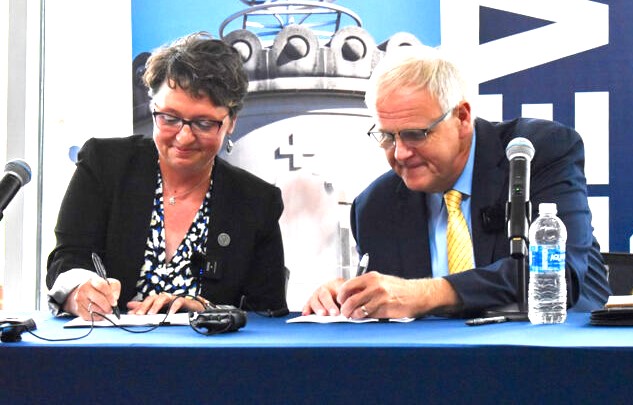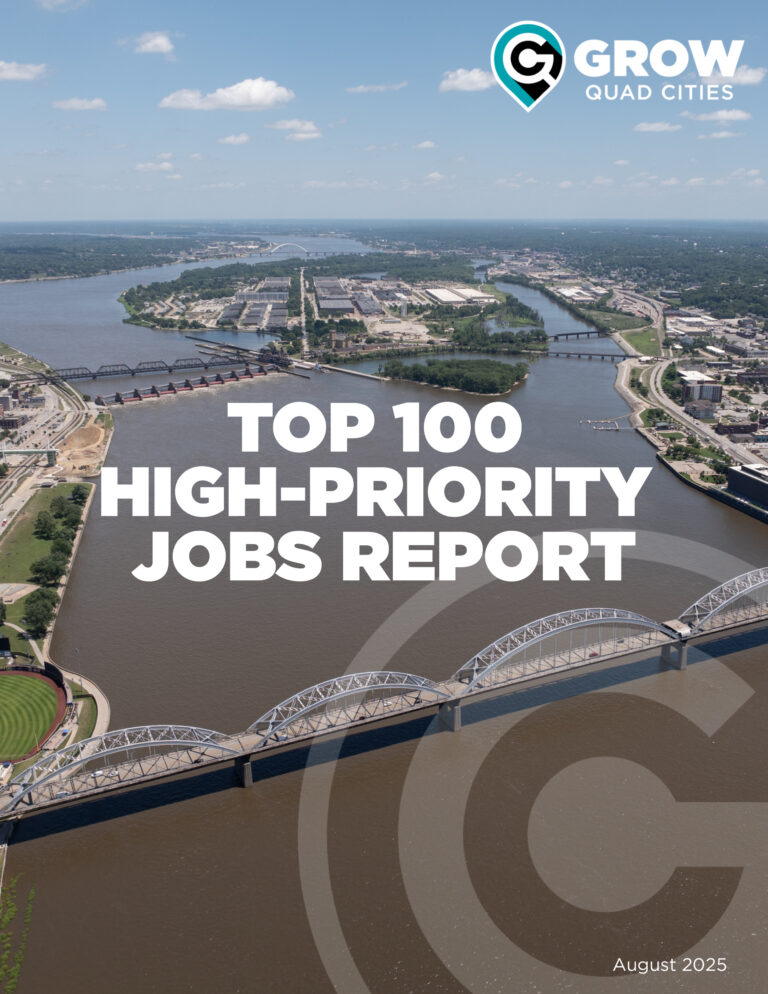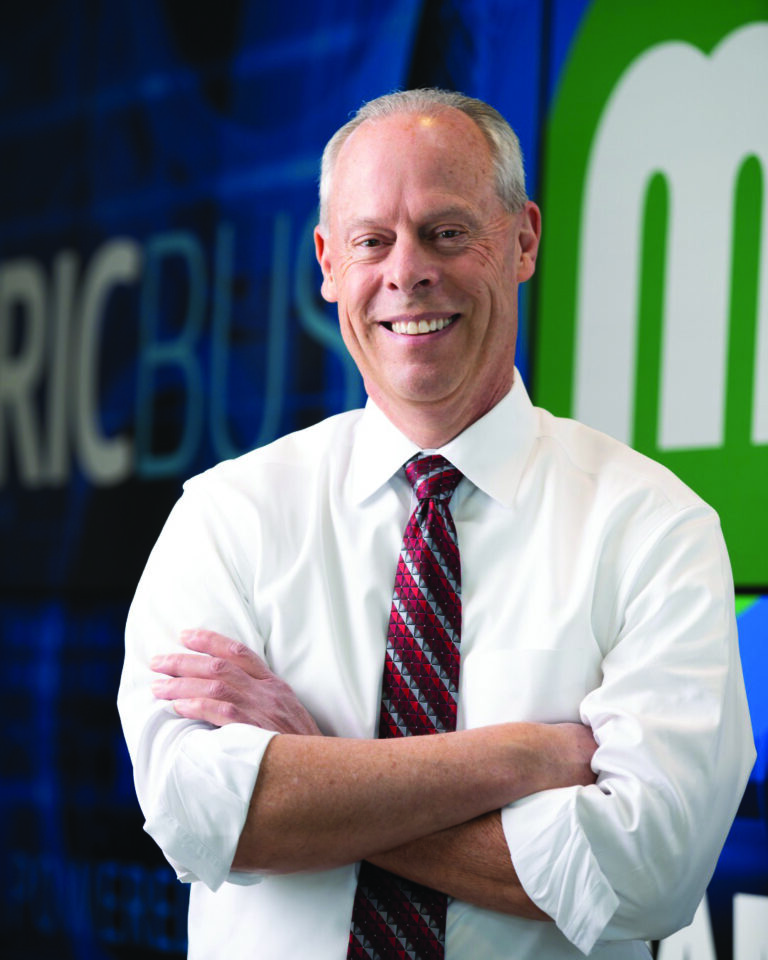
St. Ambrose president Amy Novak and Mount Mercy president Todd Olson sign a "strategic combination" agreement on Thursday, Aug. 1. CREDIT ANNIE SMITH BARKALOW
In a landmark decision, Cedar Rapids’ Mount Mercy University entered into a “strategic combination” agreement with Davenport’s St. Ambrose University on Thursday, Aug. 1.
The agreement will place Mount Mercy under the leadership of St. Ambrose after a transitional period of two years, both effectively becoming one institution.
Faculty and staff from both Catholic institutions assembled as the presidents, Todd Olson of Mount Mercy and Amy Novak of…

Want to Read More?
Get immediate, unlimited access to all subscriber content and much more.
Learn more in our subscriber FAQ.
Do you want to read and share this article without a paywall?






